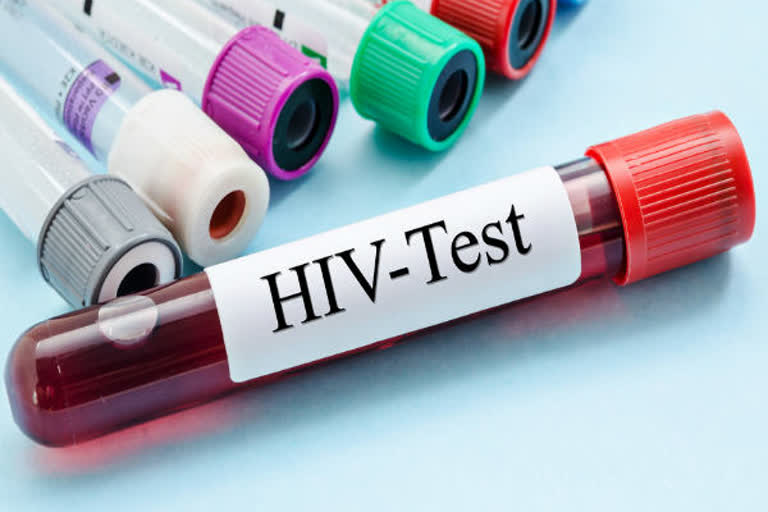New Delhi: In a bid to fight the HIV and drugs menace, the Indian Council of Medical Research (ICMR) in collaboration with the World Health Organization (WHO) on Friday released a mapping, size estimation, and risk behavior survey among the key population in virtual space. The survey aims to add value to the Indian initiative toward ending AIDS by 2030.
It is learned that the selection of virtual mediums for the survey has been made in view of a significant proportion of the key population groups, who are at risk of HIV, shifting from traditional venues for dating to virtual platforms. "As a result, estimating the size of these population groups, an essential component of strategic planning for HIV risk reduction, has become more challenging and complex," ICMR Director-General Dr Balram Bhargava told ETV Bharat.
An insight into the usage of virtual space by key population groups and their HIV risk will help understand these networks better and design appropriate risk reduction interventions, Dr Bhargava said. "This document titled Preliminary Guidelines for Mapping, Size Estimation, and Risk Behaviour Survey Among Key Population in Virtual Space, has been prepared by the scientists of ICMR-NARI in consultation with various experts and stakeholders. It is going to serve as a great tool for the country to be able to progress towards the ultimate goal of ending AIDS by 2030," the ICMR DG said.
Also read:New genetic treatment offers one-time cure for HIV
In the document, a suggestion has been made to conduct mapping and size estimation of and a survey among men who have sex with men (MSM) and female sex workers (FSWs) operating through virtual spaces in India. Significantly, the National AIDS Control Programme (NACP) has articulated the need to reach out to the key population groups who operate in virtual space with a comprehensive HIV intervention package.
As per the findings, FSWs in various geographical locations within India use mobile phones to form their conversational groups, and some of them also form their own WhatsApp groups, which could be used for client referral without the involvement of an intermediary. Many direct and indirect methods have been used globally to estimate the key population size in physical locations, including census enumeration, network scale-up, capture-recapture, and unique object or service multiplier method.
Geo-Social Network (GSN) apps use global positioning system (GPS) technology on mobile phones to determine the user's exact location and instantly display a grid of pictures of the representative person from nearest to the farthest area. Users can tap onto a picture or see a detailed profile of the users. Based on extensive consultation with app administrators and their policy team, it was considered possible to generate a broad estimate of the number of app users specific to the key population such as MSM.
According to a report by the Internet and Mobile Association in India (IAMAI), India has a base of 1.16 billion mobile phone subscribers. With 451 active internet users (as of March 2019), the report said India is second only to China in terms of Internet users. Of these 451 million users, 385 million are over 12 years of age, and 66 million users are within 5-11 years of age, who access the internet on family members' devices such as parents or grandparents.
